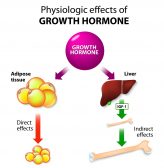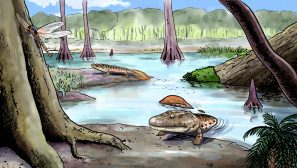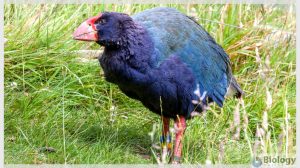Definition
noun
A permanent eversion of the foot at the talocalcaneal or subtalar joint
Supplement
Valgus is a medical term used to describe the outward angulation of the distal segment of a bone or joint. It comes from the Latin term meaning bent outward. It should not be confused with the other related term varus which pertains to the medial deviation of the distal bone. An example of this deformity is the pes valgus, which is a deformity of the foot. Sometimes, pes valgus may be used in synonymous with talipes valgus. However, the latter is in particular a deformity involving the ankle and the foot. The outward turning of the heel results in clubfoot with the person walking on the inner part.
Pes valgus is a deformity involving the foot that is usually combined with a breaking down of the plantar arch. Because it may include eversion, plantar flexion, and inclination of the calcaneus with abduction of the forefoot it may cause a medial prominence of the talus as well as callous formation on the skin. Nonetheless, pes valgus may be corrected, for instance by reducing the subtalar joint and forefoot to a neutral position with the ankle plantar flexed. Treatment of pes valgus in children may be carried out by stretching the foot and ankle and using a splint to achieve good alignment of bones and joints. If not, surgery may be necessary.1
Word origin: Latin pes (foot) + valgus (bent outward)
Synonym(s):
- pes abductus
- pes pronatus
Compare:
See also:
Reference(s):
1 Tecklin, J. (2008). Pediatric physical therapy. Philadelphia: Lippincott Williams & Wilkins.







